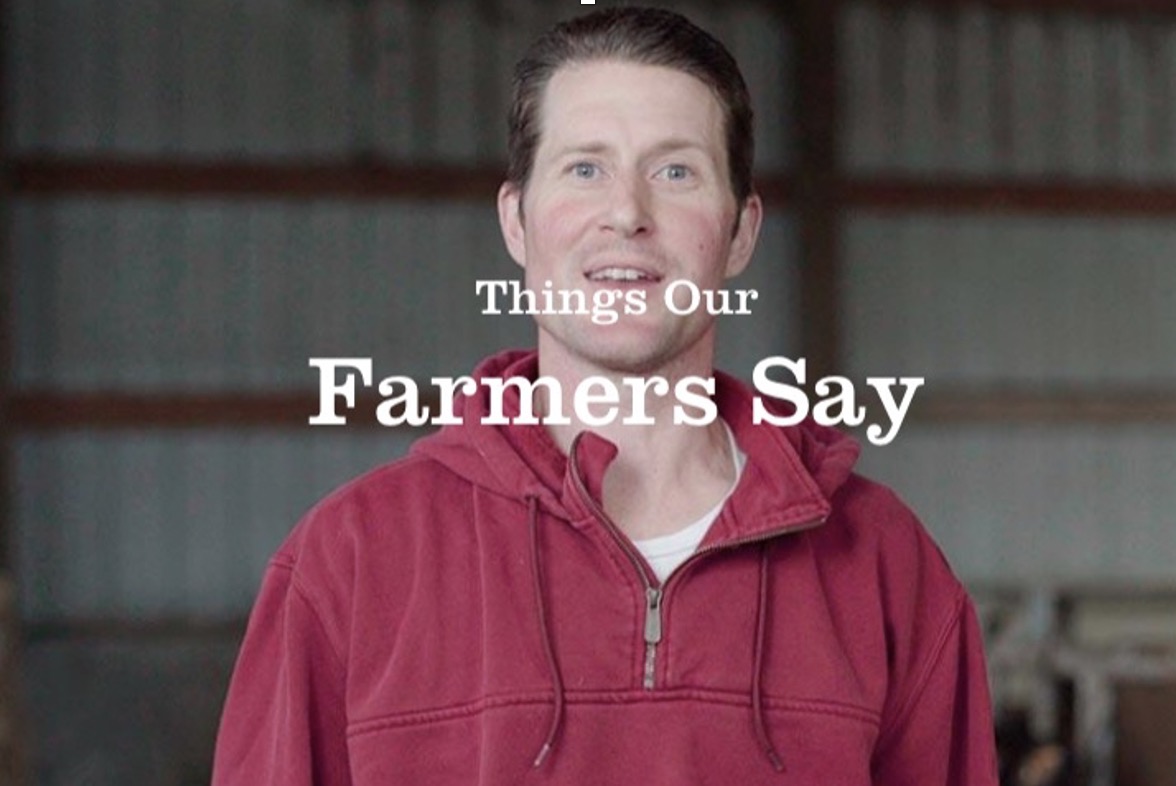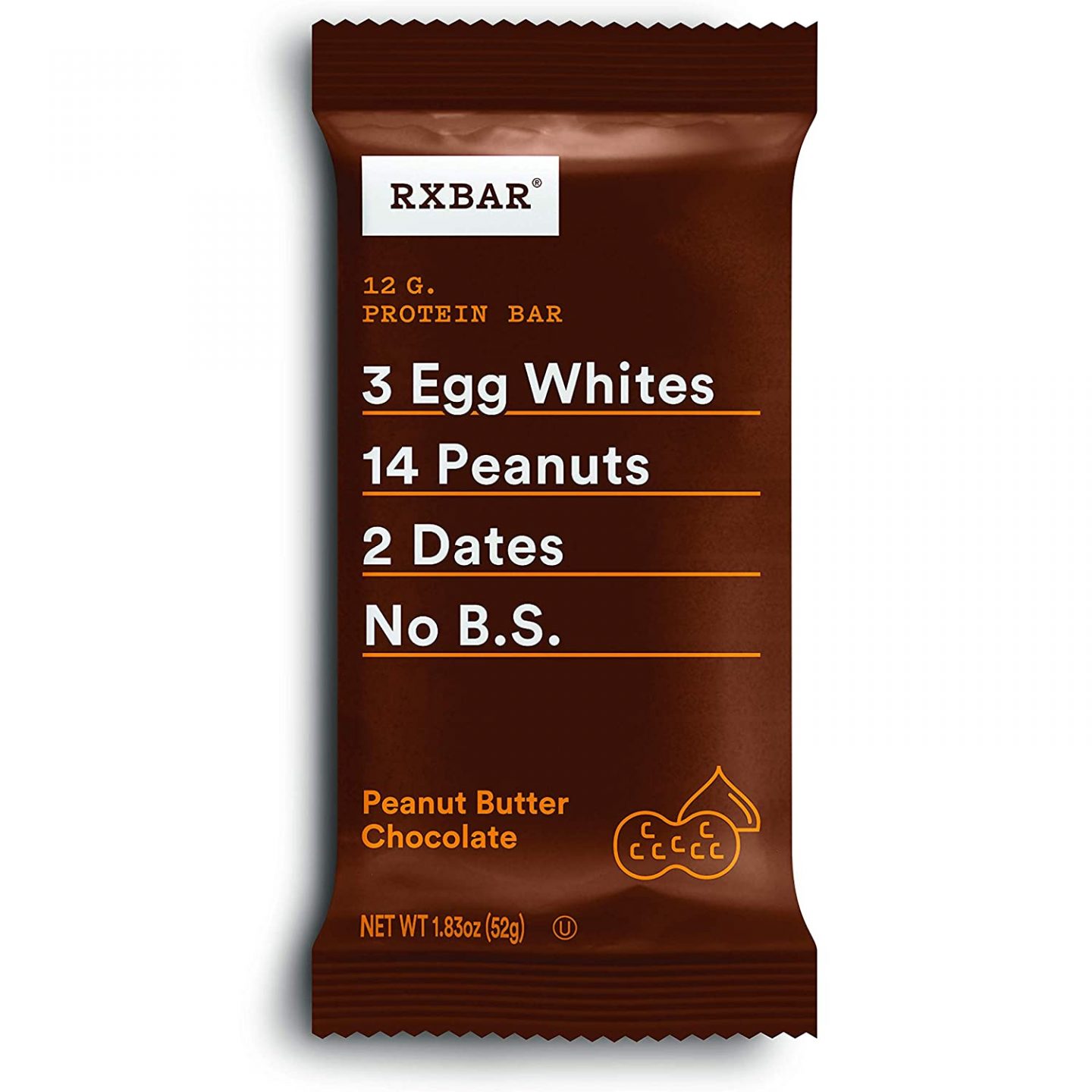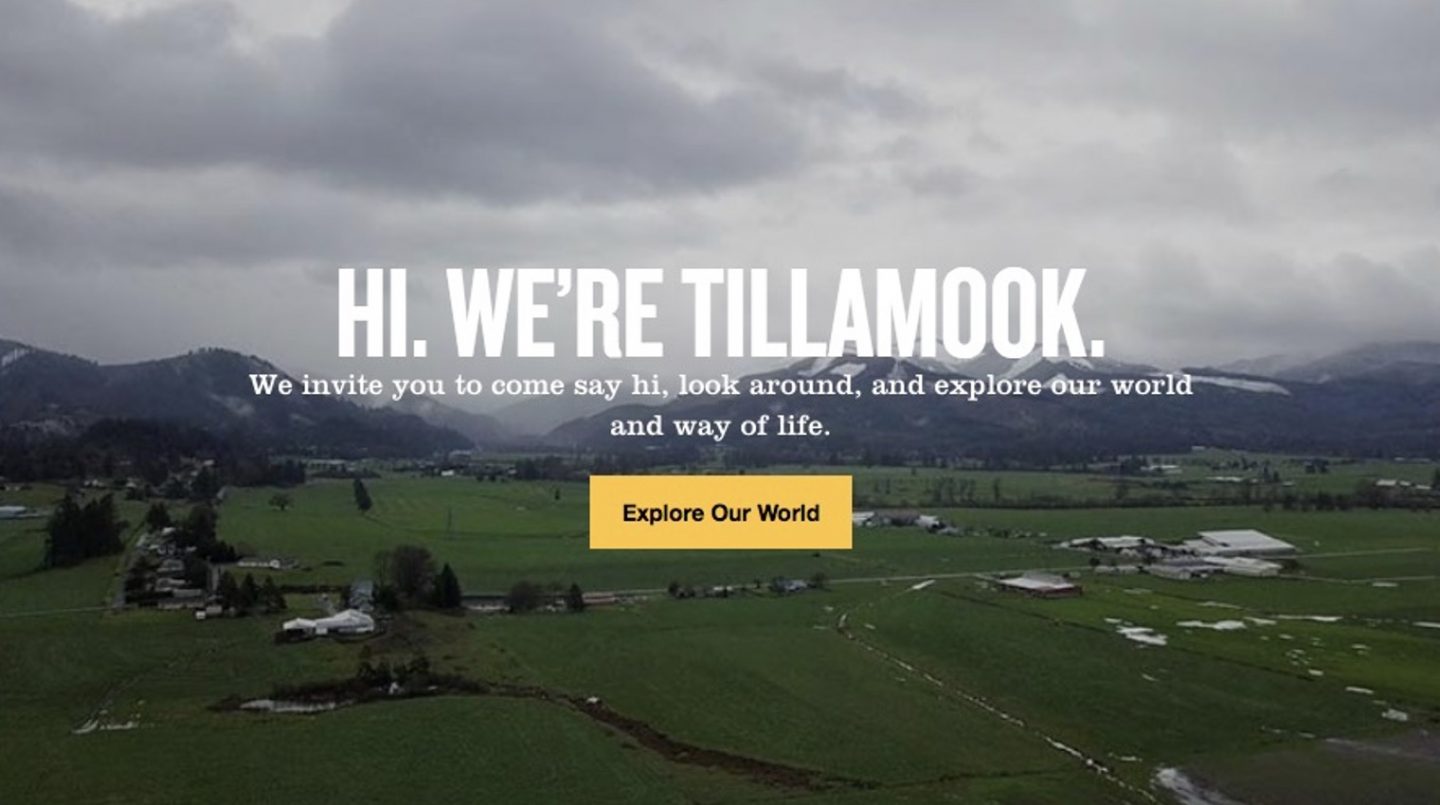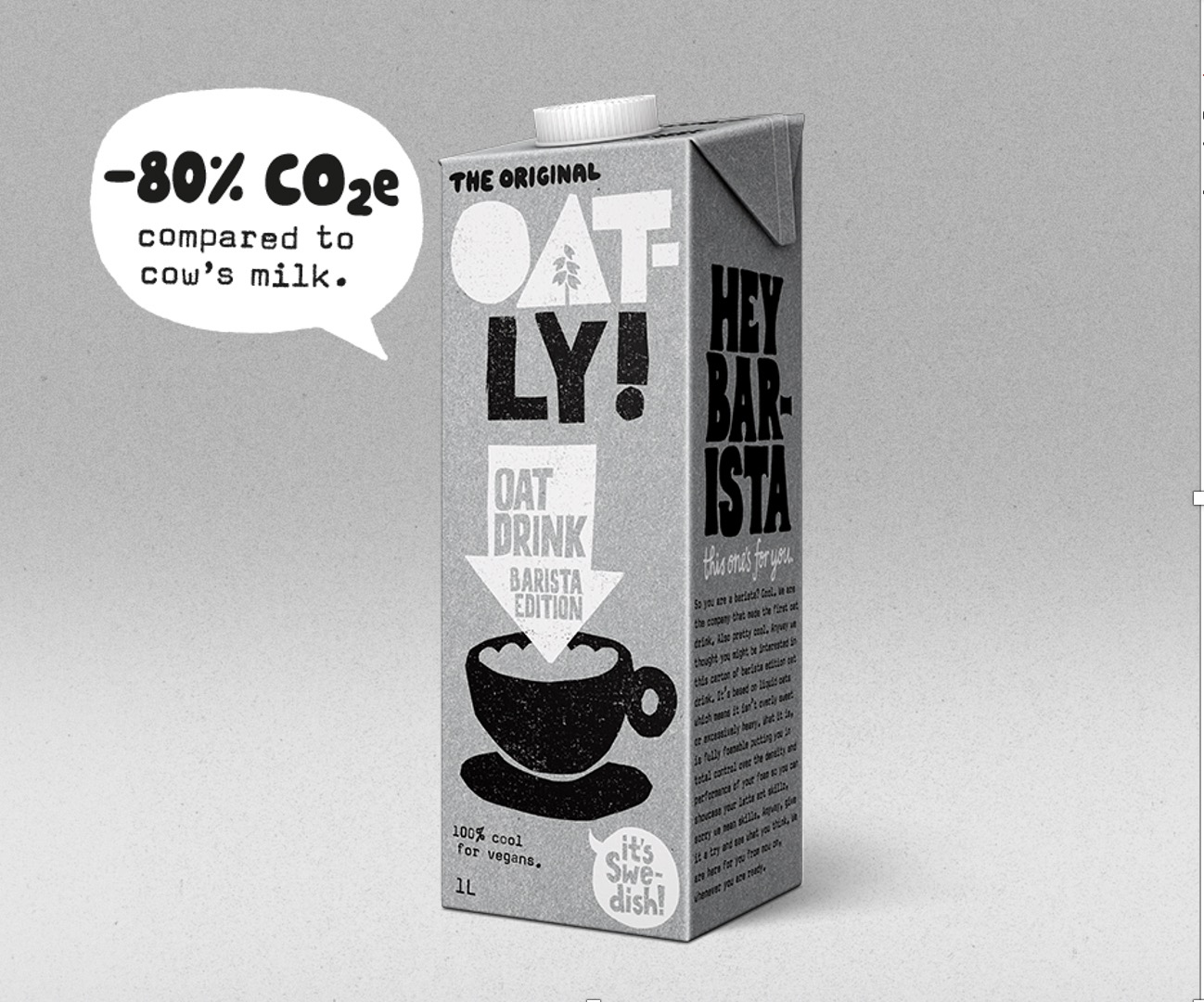Thick Description (Deduction)

This is the fourth post in a series demonstrating the process via which Semiovox’s interpretative inquiry produces insights and inspiration — richer and deeper than what consumer research alone can provide — regarding a product category’s or cultural territory’s unspoken meanings.
In our Real Food audit’s previous phase, we undertook an initial analysis of our stimulus set. That process, which we’ve described as “thin description,” is the most arduous part of any audit… and yet, it’s not the most complex part. It’s arduous because — as noted — we’re analyzing hundreds, sometimes over a thousand pieces of stimuli. It’s patience-testing because we’re employing an inductive means of acquiring knowledge. When we use the term “analysis,” in this context, we mean observing and experimenting; we scrutinize the granular details of our audit’s massive stimulus set, we formulate initial premises (i.e., particular sets of images, words, colors, facial expressions, type treatments, etc., cluster together and cooperatively create meaning), and we test our premises by interrogating each of these initial clusters until we’re satisfied — for now — that it qualifies as a source code (aka sign). Surfacing and dimensionalizing dozens of these source codes requires time and concentrated effort.
However, the “thin description” phase isn’t the most complex part of an audit, because it doesn’t involve developing a theory about how meaning operates within this product category or cultural territory. This post offers a top-line look at the complex, theoretical phase of an audit — which we, following Clifford Geertz, call “thick description.” Specifically, we’ll look at how Semiovox uses deductive reasoning to identify paradigms and thematic complexes within the Real Food space. A subsequent post, also dedicated to our audit’s thick-description phase, will explain how we use abductive reasoning as we construct the audit’s Real Food meaning-map.

Note that we do not formulate a theory before we begin an audit! Even if we’ve studied this category or territory before, before beginning an audit we attempt to un-know what we may know about how meaning works in this space; we think of ourselves as alien ethnologists. In the inductive, “thin description” phase, expertise and knowledge are impediments. Now, however, we’re entering a deductive phase of the audit. It’s the most complex phase, because we’re going to toggle back and forth between the learnings from our initial analysis and our theory-in-progress.
We’ve described the inductive process (observing and experimenting, vis-à-vis our stimulus set) which resulted in our initial set of source codes as an “analysis.” Now, we’re engaged in meta-analysis. We’re observing and experimenting vis-à-vis our source codes, in order to surface and dimensionalize thematic complexes. Just as a source code is a cluster of meaning-units selected from our stimulus set, a thematic complex is a cluster of source codes (signs). A paradigm, meanwhile, is composed of two contrasting but closely related thematic complexes. To recap: Via a meta-analysis of source codes (signs), employing deductive reasoning, we’re going to surface and dimensionalize thematic complexes and paradigms. This phase of the audit is a theory-developing one which will result in a complex yet simplified meaning-map (or matrix) of the cultural or category space in question.
Hopefully, you can now begin to grasp why the “thick description” phase of the audit is so complex. Although our ta-da! presentation of the final result may seem like we’ve effortlessly pulled a rabbit from a hat, it’s effortful.
A note on Semiovox’s unique approach: Each of our audits surfaces eight paradigms, paired into four binary codes. (A semiotic code is always a binary opposition — two paradigms, each of which is defined in and through its opposition to the other.) Each paradigm is composed of two contrasting thematic complexes; each of these complexes is dimensionalized by source codes (aka signs); and each source code is composed of a norm and a unique visual/verbal form which brings that norm to life. Our methodology involves first identifying source codes from within the stimuli we’ve researched, then — through our meta-analysis of these signs — building a theory about the matrix of meaning which, operating below the level of daily consciousness, enables members of a culture to intuitively “make sense” of everything from brand communications to pop culture, social media, and retail spaces.
Paradigm
Our audit’s thin-description phase analyzed many brand communications in the Real Food space. We surfaced and dimensionalized nearly 40 source codes — a couple of which we’ve described in this series’ previous post. On their own, these source codes offer insights into the Real Food category, and (in the case of emergent source codes, certainly) inspiration as well. But what we’re aiming for is something more ambitious: A Real Food meaning map, which models the matrix of Real Food-associated meanings via which consumers (instantly, intuitively) make sense of Real Food advertising, packaging, websites, social media, retail environments, and so forth. In order to construct such a map, we’ll need to develop a theoretical understanding of how meaning operates within the Real Food space.
Although it served a crucial role in allowing us to surface and dimensionalize Real Food source codes from the audit’s stimulus set, we will now abandon the inductive method.
We greatly appreciate how cautious and precise the inductive method is; thanks to our deployment of induction, we can have confidence that our Real Food source codes are an accurate representation of this category’s norms (Real Food ideas, values, functional and emotional benefits) and forms (the unique visual and verbal cues that bring specific Real Food norms to life). Now, however, the moment has to come to sort the Real Food source codes into thematic complexes. Instead of blinkering ourselves, attempting to un-know what we already know about the Real Food space, we’ll make predictions — based on the learnings from the audit’s first phase — about what thematic complexes we’ll most likely find. And instead of cautiously proposing conclusions at the end of our analysis, we’ll be drawing conclusions as we go along. This sort of thing is: deduction.

One cluster of Real Food source codes that suggests itself, for example, comprises source codes related to farming in a new and better way. Here we find, for example a source code (let’s call it No Nonsense) that’s about straight shooting. What you see is what you get. We’re offering you nothing but the facts. The Rx bar is a prime example of this sort of thing; one might also point to packaging from Fork in the Road, Greenfield, Hormel Natural Choice, Niman Ranch, Tillamook, and Pederson’s. We also find an aggressive tonality around comparing our brand vs. the competition: charts contrast the competition’s impact on the environment, data is served up (“Crickets produce 1% of the greenhouse gas that cows produce.”); call this source code Us vs. Them. And we find a third source code, which we might call Farm Faces, dedicated to introducing us to the farmers who grow our food.
Having identified this cluster of source codes, we’ll go ahead and identify one of the Real Food space’s eight paradigms: Innovative Farmer. We might end up changing this paradigm’s name and rewriting our description of what it means to be an Innovative Farmer. But we’ve got one paradigm; we’ve advanced our first theory. Next, we’ll ask ourselves what this paradigm’s two (contrasting, but closely related) thematic complexes are.
Thematic Complexes
I sought a theme and sought for it in vain, I sought it daily for six weeks or so.
William Butler Yeats
Returning to our Real Food source codes (No Nonsense, Us vs. Them, and Farm Faces), and scrutinizing them in light of our theory about an Innovative Farmer paradigm, a theory which presupposes that each paradigm is composed of two contrasting/related thematic complexes, we see these source codes in a more subtle, nuanced way than we could previously. Although the norm of each source code remains the same, we can now detect subtle but crucial distinctions within the forms (visual and verbal cues) bringing these norms to life. Each of these three source codes has two contrasting aspects. Can we generalize about the nature of that contrast?
Yes, we can. Each of these three source codes has one aspect which can be characterized as “back to basics” — that is to say, each source code communicates the idea that Real Food is grown by farmers who cooperate with Nature to bring us un-processed products. And each of these three source codes has another aspect which can be characterized as “next-wave natural” — that is to say, each source code communicates the idea that Real Food is a rare prize won for us by visionary farmers, food scientists, and food activists. The former aspect emphasizes the farmer, and the latter the innovative; together, these aspects define the Innovative Farmer paradigm.

In its “farmer” aspect, the No Nonsense source code uses short, declarative sentences (“All natural. No nonsense.” “Hi. We’re Tillamook.” “Tried & True.”), and sans-serif typography (mostly in ALL CAPS) to convey the tonality of a Midwestern/Western farmer or rancher who simply tells it like it is. In its “innovative” aspect, by contrast, the No Nonsense source code uses labels crowded with facts (about ingredients, as well as farming and processing techniques) transmitted in a bland, unemotional way; the tonality here is that of one Real Food geek communicating with another.


The Us vs. Them source code, as noted, communicates the idea that our food is produced using more innovative, sustainable methods than food you’re getting elsewhere, and offers side-by-side comparisons to prove it. In its “farmer” aspect, this source code makes a case for competitive wholesomeness; graphic charts show a vibrant side vs. a depressing side; same thing goes for the language: e.g., “100% grass-feed beef vs. supermarket beef.” There’s an implicit critique of the modern world here. In its “innovative” aspect, by contrast, the Us vs. Them source code makes comparisons not between wholesome and less-wholesome (it’s difficult for an Oatly, say, to claim that its milk substitute is more wholesome than cow’s milk) but between food as you’ve always known it and an amazing new development. The modern world is celebrated, not critiqued; thanks to a technological breakthrough, we can make milk without producing nearly so many greenhouse gases, for example.

Tillamook 
The Farm Faces source code invites us to meet the farmers who bring us Real Food. In its “farmer” aspect, this source code depicts an idyllic, wholesome, old-fashioned depiction of farm life. Farmers (usually white men), farm families, charismatic cows. Farmers telling it like it is, speaking in a down-to-earth fashion — usually with a western or midwestern accent. Folksy guitar music often plays in the background of these commercials and videos. In its “innovative” aspect, by contrast, the Farm Faces source code emphasizes the farmers’ innovative thinking, the experimentation taking place on farms. Farms are depicted as innovative sites of learning and experimentation; the farmers are sophisticated, and forward-thinking.
Now that we’ve identified these two aspects of Innovative Farmer, we can name this paradigm’s two thematic complexes. The “farmer”-centric aspect we’ll call Sustainable Methods, and the “innovative”-centric aspect we’ll call Farming 2.0. As our analysis proceeds, we may change these titles and tweak the way we talk about these complexes. The important thing is this: Our description of the Real Food space has begin to go from thin (three Real Food source codes) to thick (two aspects of each of the three souce codes, two thematic complexes, one paradigm). The description will get thicker as we go along.
As noted, in order to arrive at this point we relied on deductive reasoning. That is to say, we began with a law-like rule — i.e., there are three Real Food source codes related to farming in a new and better way — about which we feel certain because our thin-description phase relied on induction. We then proceeded to a hypothesis — i.e., these three source codes are governed by an Innovative Farmer paradigm; and like every paradigm in a Semiovox audit, Innovative Farmer is composed of two contrasting but closely related thematic complexes. Via this method, we arrived at an observed fact regarding our Innovative Farmer source codes — i.e., each of these source codes has two aspects, and the difference between these aspects helps us understand that Real Food source codes governed by the Innovative Farmer paradigm can skew more towards “farmer” or more towards “innovative.”
The aha! insight afforded us by this process? A paradigm dimensionalized by two thematic complexes, each of which is brought to life by three Real Food source codes, each of which has two contrasting but closely related aspects. We’ve successfully used deductive reasoning to open our eyes, to reveal insights into the Real Food space which were right under our noses all along… which might even seem obvious, in retrospect… but which we couldn’t see. The deductive method is dramatic, which is what makes detective stories — not to mention “medical mysteries” in which doctors diagnose diseases and other illnesses based on baffling symptoms — so fun. We’re a long way from finished with the Real Food audit’s thick-description phase, but at this point we can begin to say, “Elementary, my dear Watson.”
Next Step: THICK DESCRIPTION (ABDUCTION)

